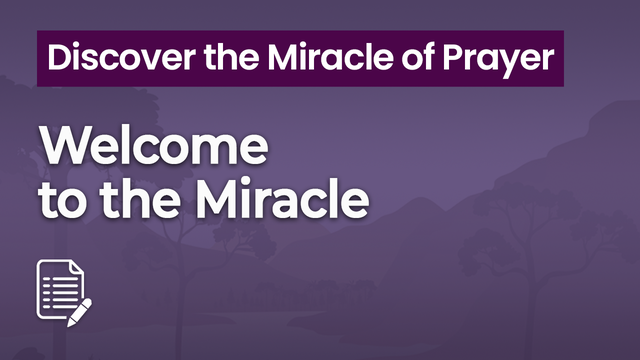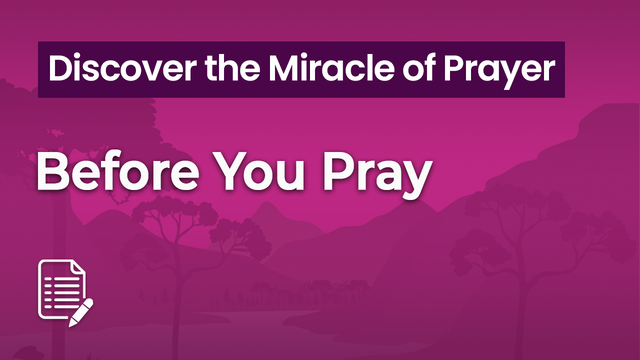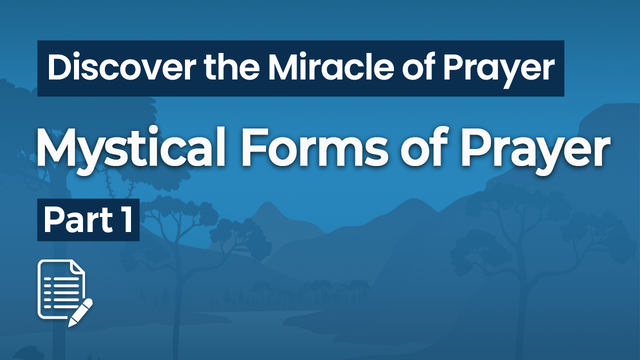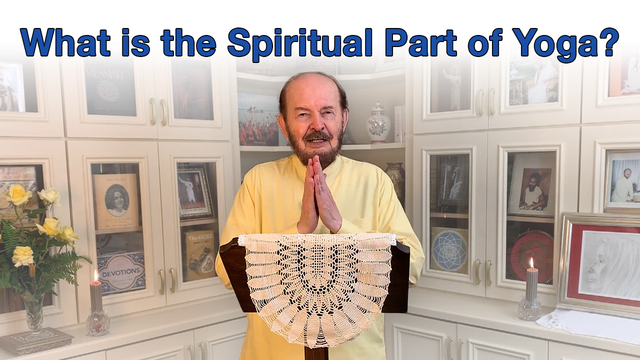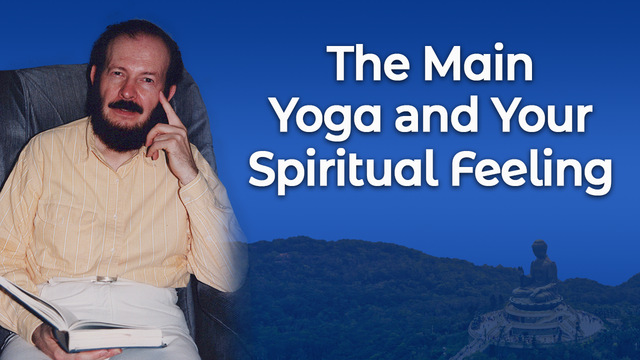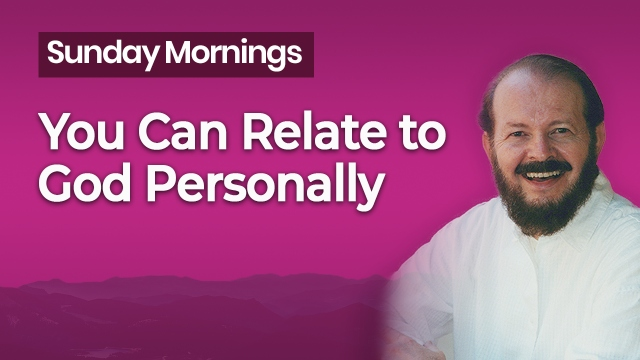
Ramakrishna Ananda
The Spiritual Path and Its Stages
Where are you on the spiritual path?
How do most yoga devotees begin their Paths? What unfoldments do they share in common with one another — and with seekers on other Paths throughout the world?
The Crisis or Inspiration
A few yoga devotees trace the beginning of their spiritual quest to inspiration. Often these souls meet an inspired yogi and the main goal in life becomes very clear. Haunted by new possibilities which they sense within themselves, they eagerly and faithfully move through the experiences which lead to enlightenment and well being.
Most yogis, however, find their way onto the spiritual path because of a personal crisis. A painful, disappointing, or grief-causing shock forces a reevaluation and a redirection of life. These devotees realize they have been relying on the wrong people or unfulfilling goals. Such seekers find they have no choice but to turn the thrust of their lives and their hopes in another direction.
The Restlessness — The Call
Whether inspired or recoiling from a personal crisis, the devotee becomes restless for God — restless to know the truth, to find meaning. Night and day mind and heart reach toward the unknown and into the deepest recesses of the soul.
The Path Is Chosen
Out of the yearning and restlessness, the seeker searches the world for a way to proceed, a way to satisfy the heart’s deepest hope. A way of spiritual practice and development is found. Sometimes it seems that the Path chooses the devotee because of its availability and wonderful satisfaction.
At the point when the Path is chosen, effort and dedication truly begin. The propelled devotee realizes which form of yoga is most appropriate and helpful. He dedicates himself to it — usually practicing an hour a day. He, or she, chooses that combination of yoga techniques and meditations which most rapidly enable contact with the Lord of one’s true self.
Those who are dominantly emotional choose bhakti yoga; those who are dominantly intellectual choose jnana yoga; those who seek to attune their will with the higher self, with their Creator, choose raja and karma yoga, for example.
Intrinsic Values
At first the devotees practice the different yogas in order to gain specific benefits they hope for. Then, as they develop in yoga, they begin to give more and more of themselves toward their ideals. They begin to do yoga not just because of what it will give them, but out of love. They begin to practice, whatever their Path, self-giving. This self-giving is transformational. No longer living with selfish motive or self-obsession, they are ready to dedicate themselves to their values. Most commonly, they begin to live lives dedicated to Truth and/or Beauty and/or Goodness.
Equilibrium
The devotee who gives himself or herself to Truth, Beauty, or Goodness finds great peace and wholeness. Body, mind, and spirit enter a deep, abiding state of harmony and well being. This state of equilibrium not only enables a sense of integrity and freedom but also opens the floodgates for a spiritual experience.
Bhavas and Samadhis
The dominantly emotional seekers enter into deep spiritual moods and become conscious of the presence and the glory of their divine Beloved, the Lord of their hearts and minds. They rejoice in an unfolding series of relationships with God. Awe unfolds into loving service. Loving service unfolds into deep friendship. Friendship moves forward into greater intimacy. The devotee one day recognizes himself or herself to be a son or daughter of the Lord, who is the spiritual source of everything. These moods of love — bhavas — go on and on and are infinitely satisfying and intriguing.
The devotees who have dominantly intellectual and will-centered natures experience amazing and transforming samadhis, spiritually exalted states in which they realize their true nature and behold the presence and spirit of God. As distinct from the devotional devotees in bhavas, these seekers are mainly inclined to live in ecstasy and wisdom rather than a mood of love and spiritual relatedness to God. These seekers experience the expansion of their soul, discover profound union with spirit, and realize freedom from all their past habits and tendencies.
Sahaj
As a result of many bhavas and samadhis, devotees who persist and grow into a moment-by-moment, continuous superconscious state live as enlightened beings. Rather than visit the higher consciousness regularly, they come home and live their lives while abiding in higher consciousness. This state is called sahaj yoga, sahaj samadhi, or simply sahaj.
Higher States
There is no limit! All devotees who live in higher consciousness move forward into never-ending, ever-new, wondrously satisfying spiritual lives. Almost all of them engage themselves in loving service of God and humanity. A once-forlorn seeker returns to mankind and shares what he has been given.
We have considered a number of ways that the yoga aspirant takes the help of meditation and other techniques to come home to his true nature and reside in higher consciousness. In meditation you learn, through practice, to overcome the tendency to be self-deluded, or to live a self-destructive life. Freeing your body of tension and your mind and emotions of turbulence, you discover your true self and dwell in it. You make contact with the Lord of your heart and enter an ecstatic, eternal relationship. You find more from life than you ever dared dream. These are the possibilities of your life through yoga.
